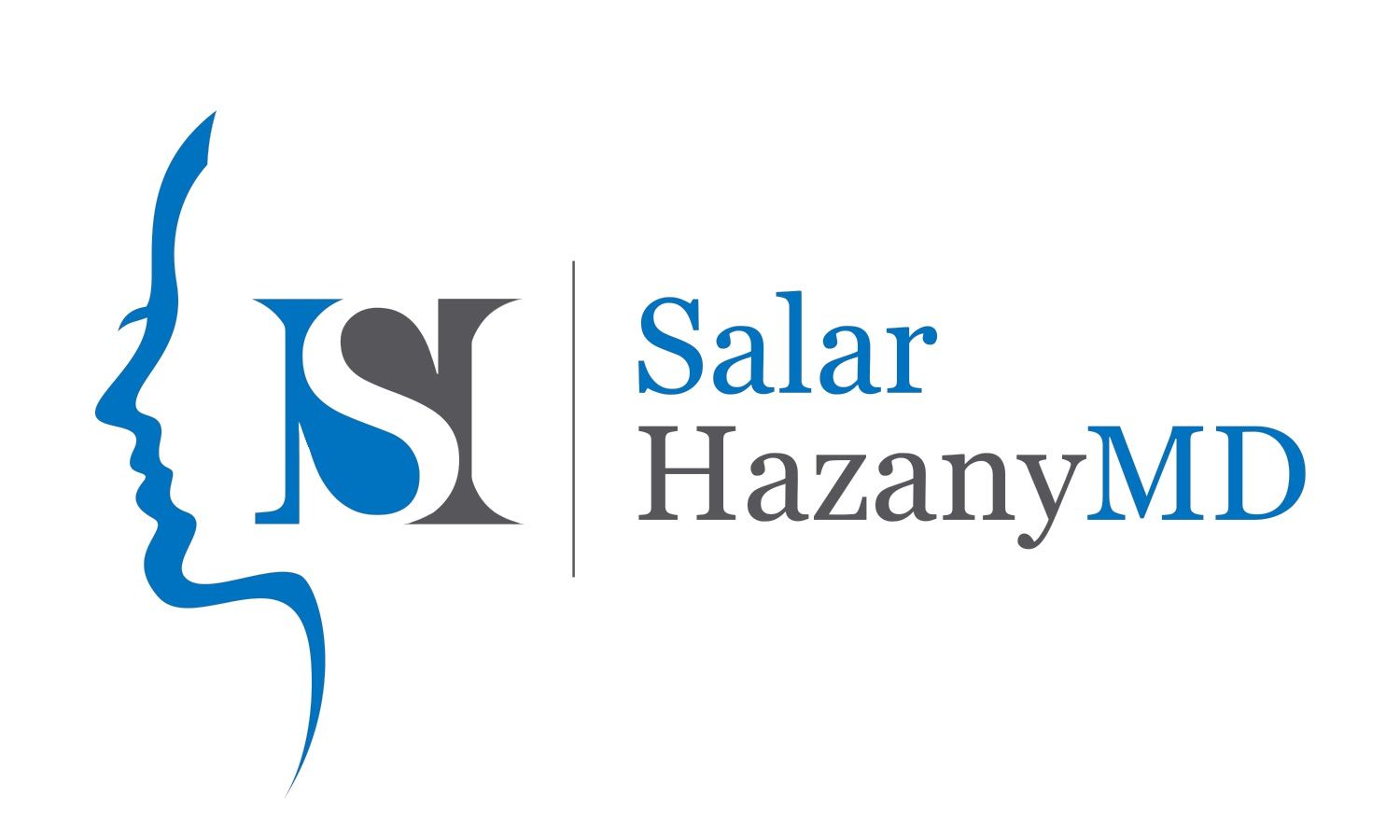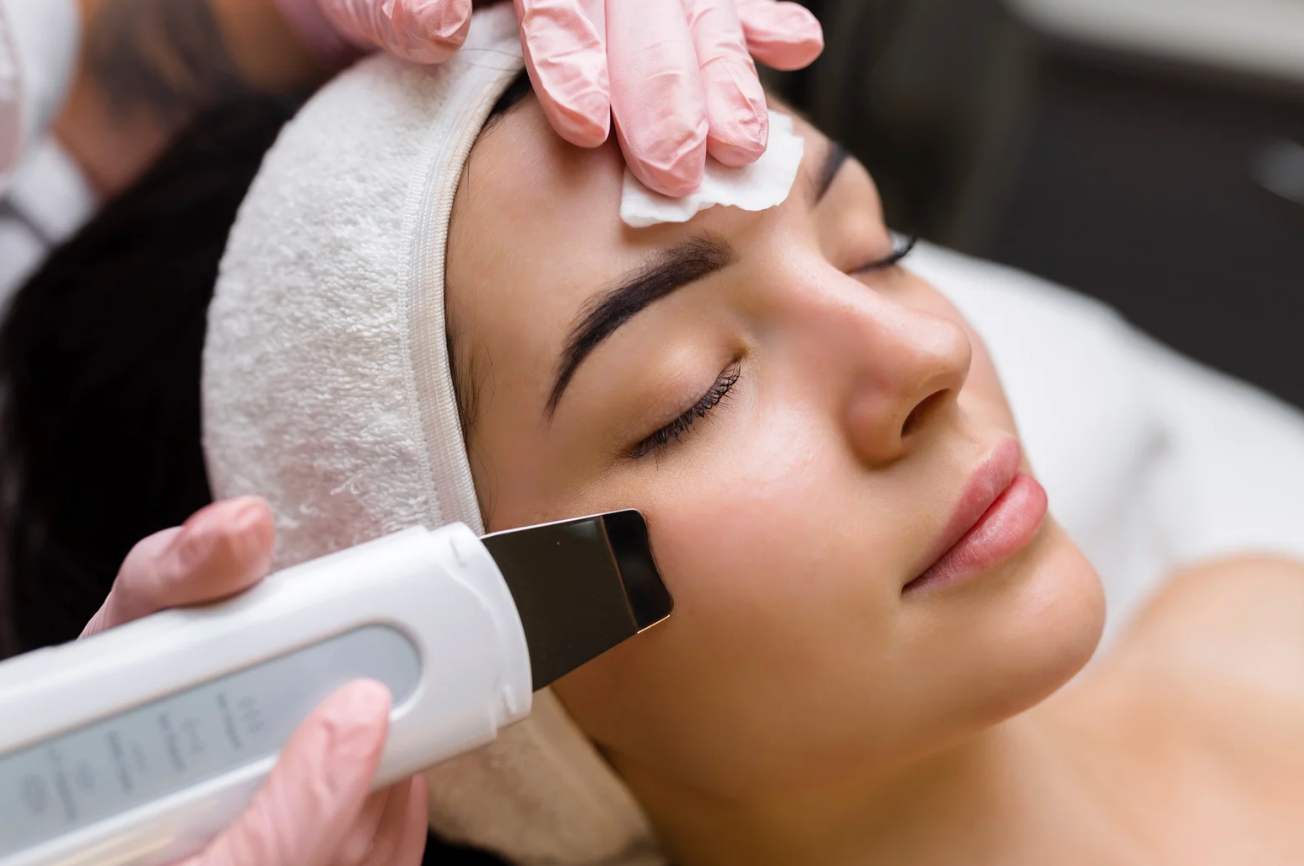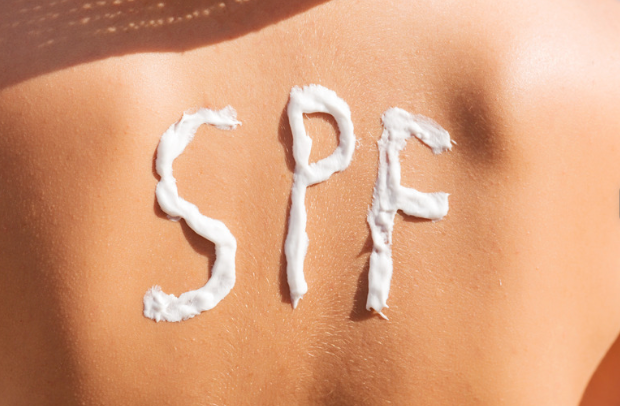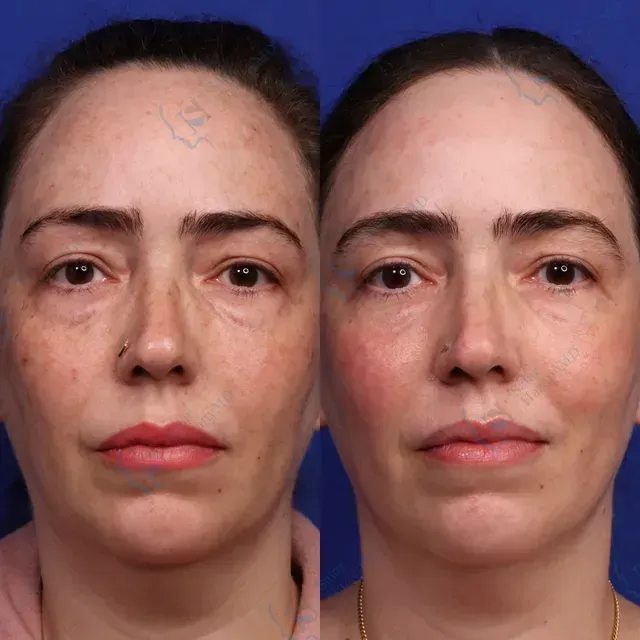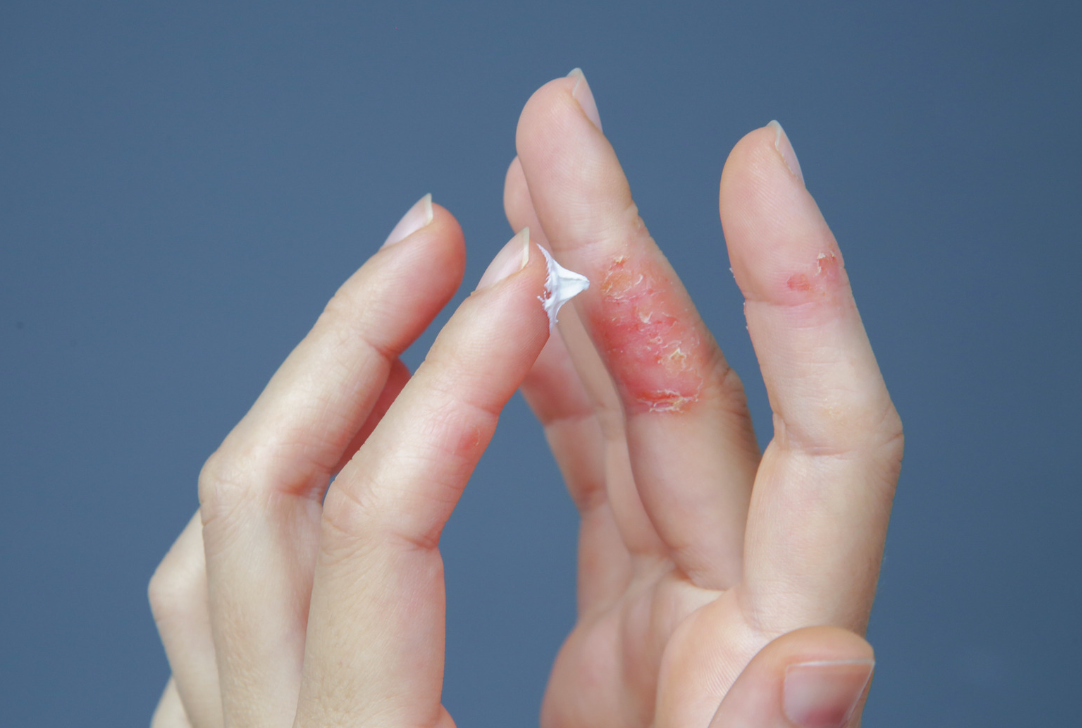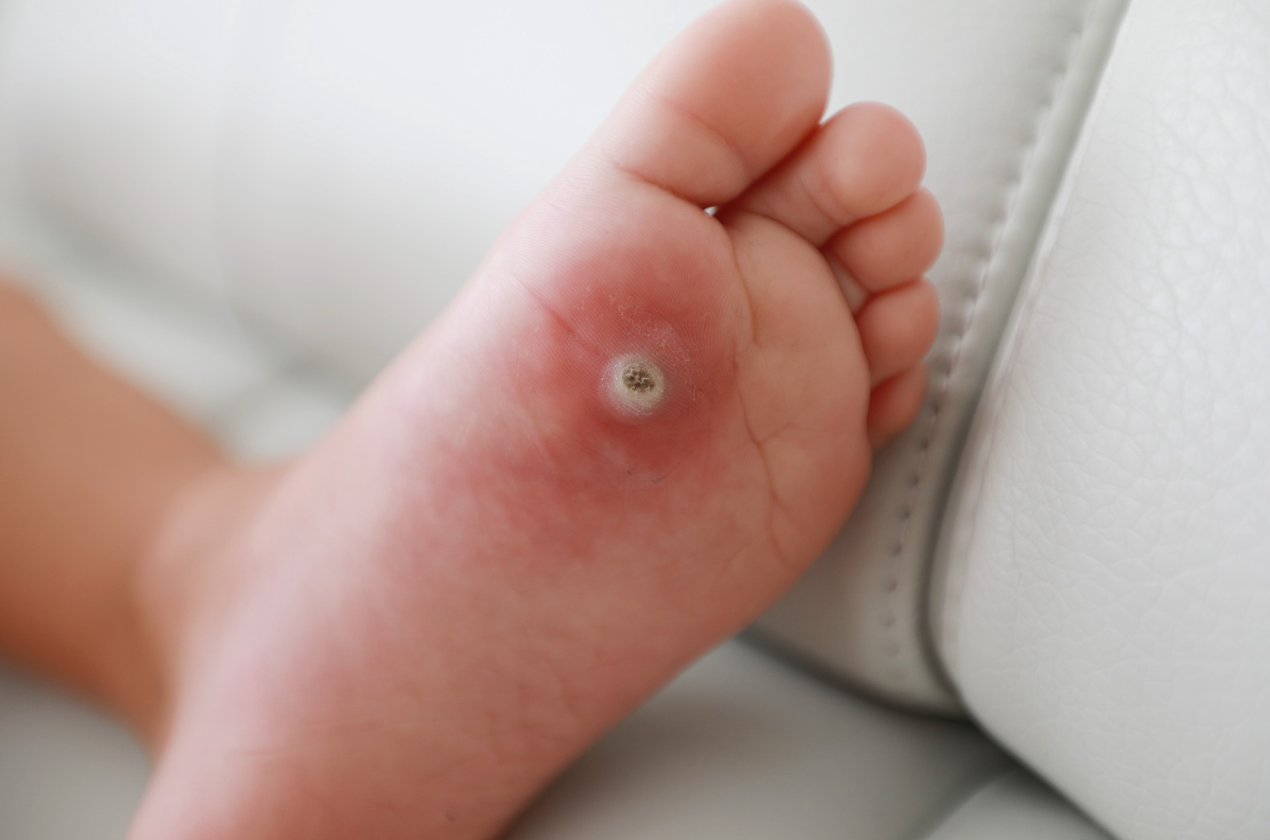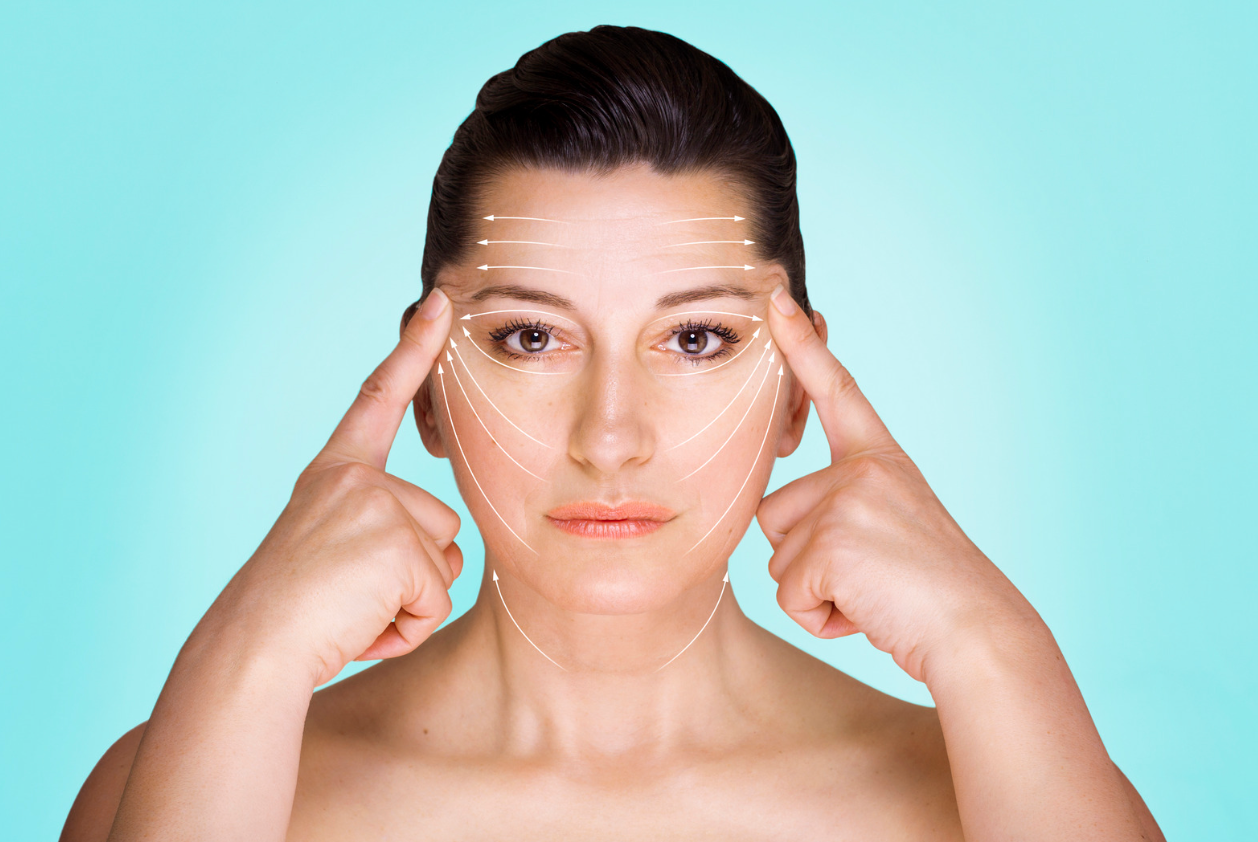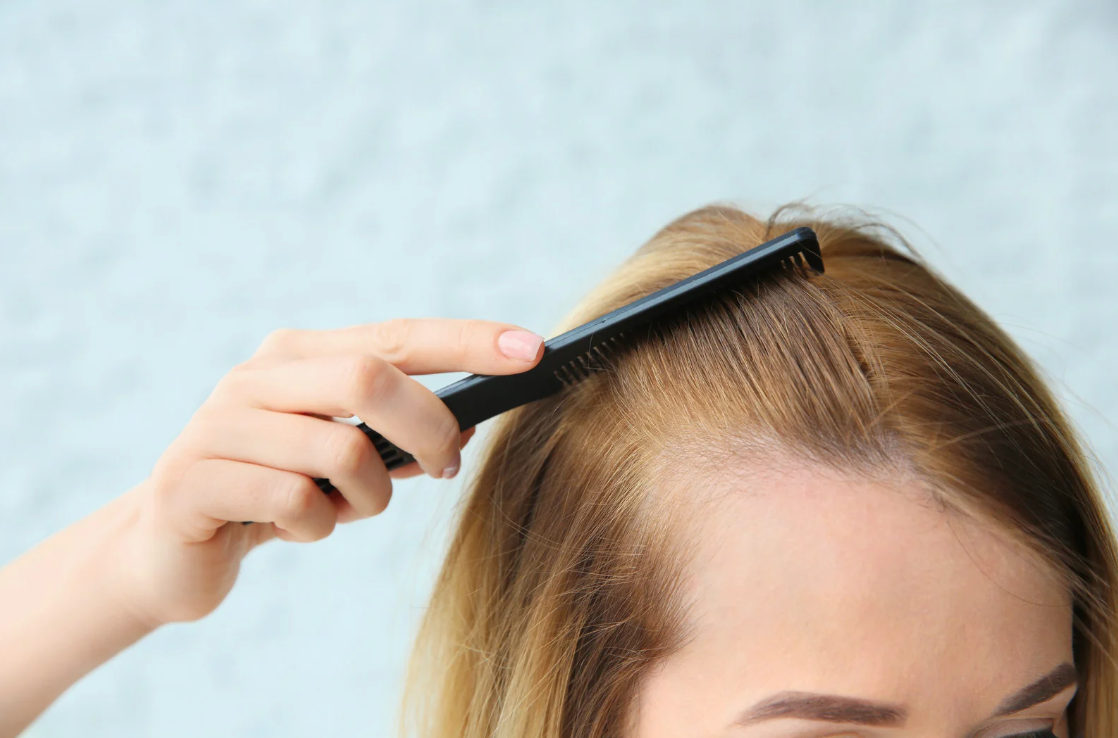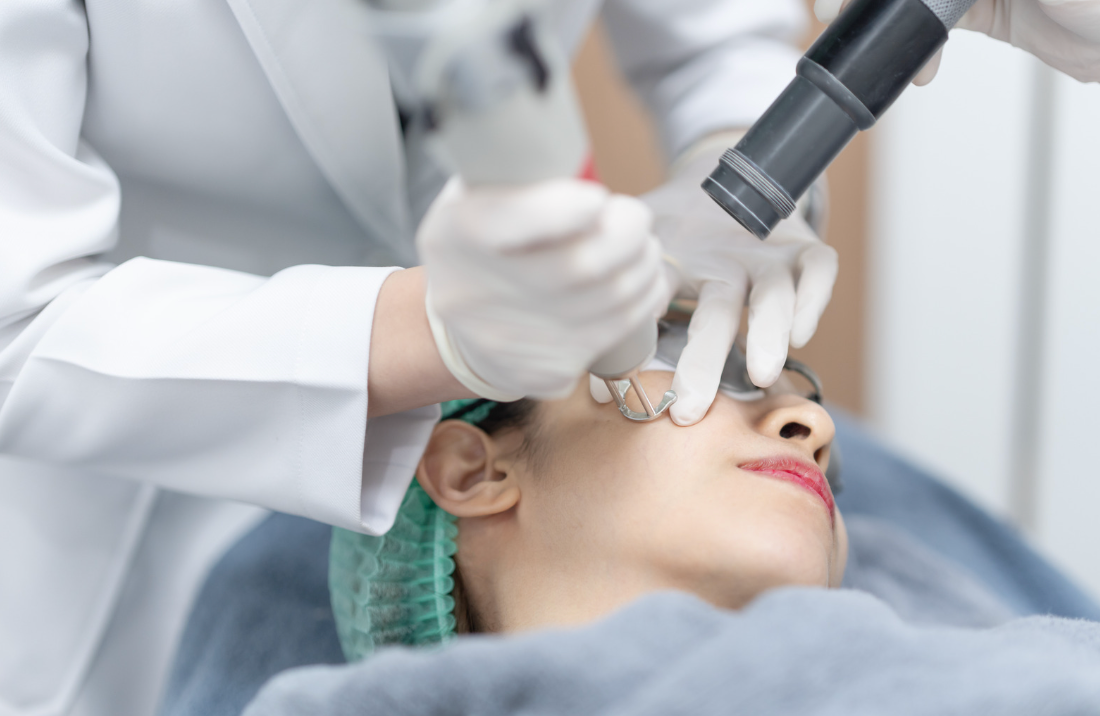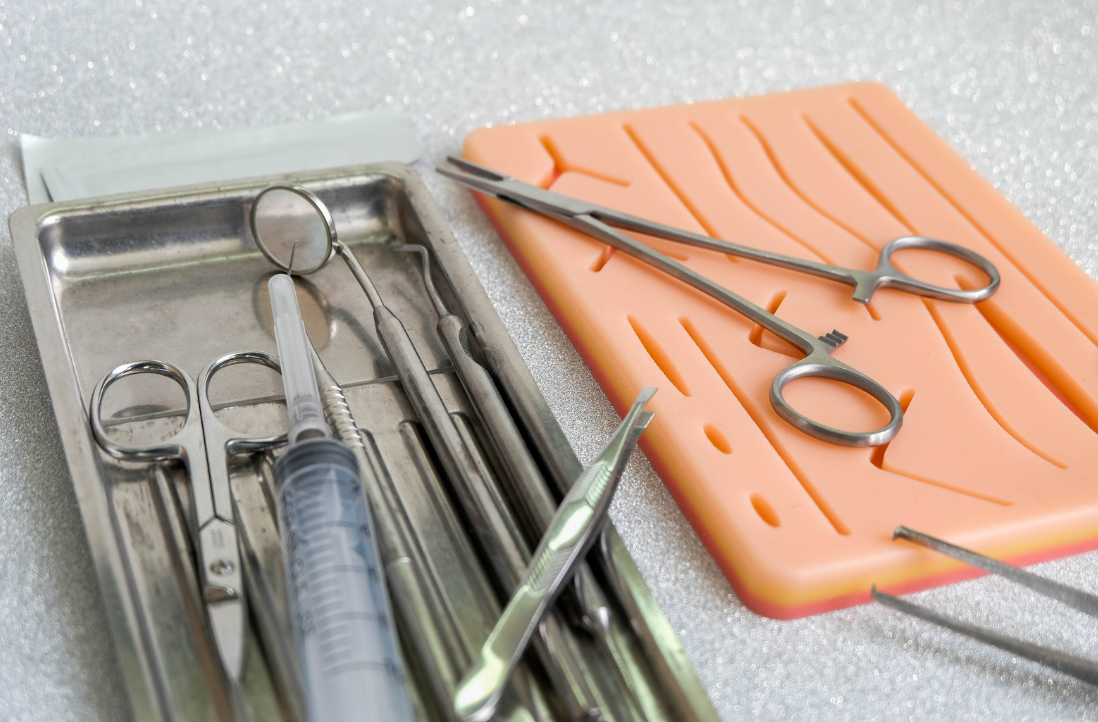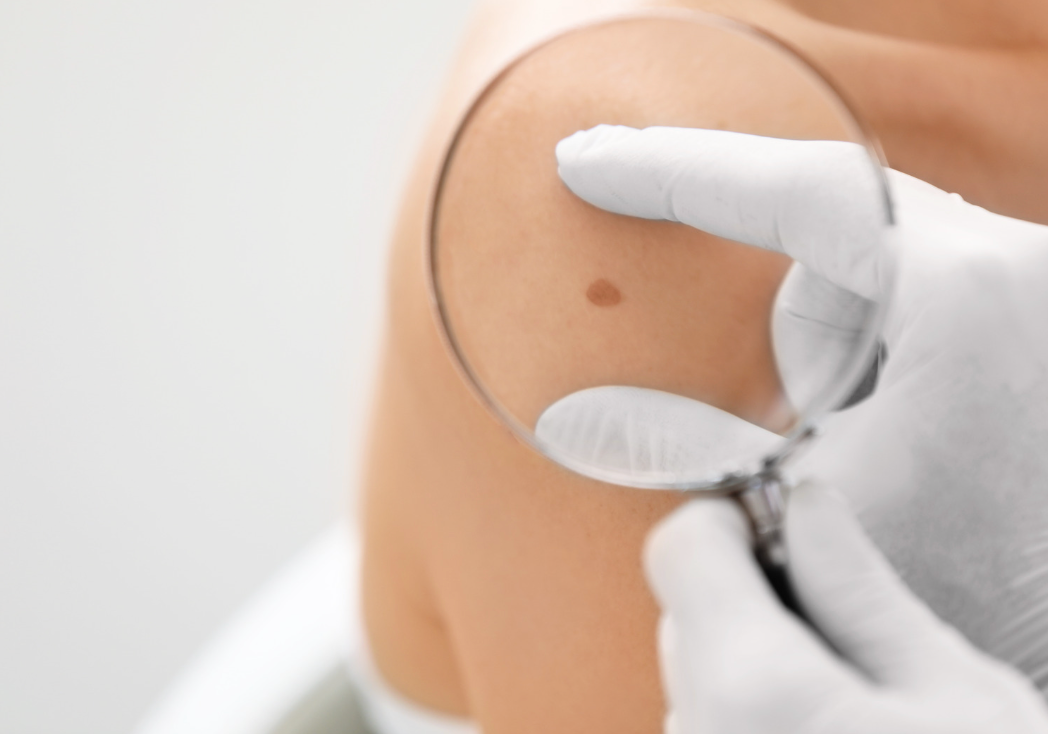Understanding the Differences: Mohs Surgery vs. Superficial Radiation Therapy
Superficial Radiation Therapy (SRT) or Mohs Micrographic Surgery (MMS)?
What are superficial radiation therapy and Mohs surgery?
Superficial radiation therapy (SRT) and Mohs surgery are two completely different approaches to treating skin cancer.
SRT uses low-energy radiation to selectively destroy skin cancer cells. The treatment can be performed within a matter of minutes in an outpatient session. Patients usually need to come for several sessions over the course of several weeks to completely eradicate the skin cancer.
Many patients prefer to go with this treatment option first because it is one of the most minimally invasive treatment options for skin cancer. SRT is performed with a special machine with a probe that applies the radiation directly to the skin cancer. No anesthesia is required and there is a relatively low risk of scarring, discoloration, and infection. The most common adverse effects reported are skin irritation and soreness in the treatment area. Otherwise, patients find the treatment to be very tolerable.
Mohs surgery, on the other hand, is a more meticulous procedure that entails surgically removing the skin cancer and reconstructing the skin. It is a much more precise method than standard excision procedures, which involves taking a large amount of skin to ensure the cancer was removed in its entirety. Mohs surgeons take small slices of skin and examine them under the microscope until the cancer has been cleared. This stepwise process allows the surgeon to take as little skin as possible while ensuring that all the skin cancer has been removed.
What types of skin cancers are suitable for SRT versus Mohs surgery?
There are numerous characteristics to consider when deciding whether to undergo SRT or to proceed with Mohs surgery:
- Skin cancer type
- Size and borders
- Location
- Histological features
Generally, SRT is best for small, well-defined skin cancers that are located on areas where tissue preservation is not important, including the limbs and trunk. It is also indicated for skin cancers in areas that are difficult to treat surgically, particularly hair-bearing regions, such as the scalp, or behind the ears.
On the other hand, Mohs surgery is more indicated for larger, more advanced skin cancers with poorly defined borders. Some cancers have “tentacles” that spread underneath the skin, which cannot be discerned with the naked eye. In these cases, the physician must surgically remove skin tissue to be able to definitively rule out any remaining skin cancer cells.
Possibly the most important factor to consider is healthy tissue preservation. Areas, such as the head, neck, hands, feet, and genitalia are sensitive to tissue loss because it could result in visually and functional disfigurement. For instance, removing skin cancer on the eyelid with standard excision techniques could permanently damage blinking and eye lubrication. Mohs surgery solves this issue by removing the smallest amount of tissue as possible without compromising complex eye apparatus. SRT may not be the best treatment option here given the proximity of the eye.
Cure rates of SRT versus Mohs surgery
SRT and Mohs surgery both boast a cure rate of above 95% for basal cell carcinoma (BCC) and squamous cell carcinoma (SCC).
For SRT, one thing to keep in mind is that the reported cure rates are for superficial BCCs and SCCs. Cure rates may be lower with more complex tumors, which again is better off treated with Mohs surgery. Nevertheless, cure rates are also influenced by a variety of different factors, including the physician administering treatments, tumor histology, age, health status, and more.
Recovery and follow-up for SRT versus Mohs surgery
Recovery is more manageable with SRT. Generally, patients report redness and soreness in the treatment area after SRT but are able to resume normal activity quite quickly.
Recovery after Mohs surgery ranges significantly. Some patients only require one stage (one small slice of skin) to remove the entire skin cancer. This can be covered with a simple bandage, and the patient can resume normal activity almost immediately.
Mohs surgery with suturing requires more restrictions to physical activity and more downtime overall. Also, the appearance of the wound after the sutures have been taken out can persist for several months to a year. Patients may notice that the wound is red and slightly raised for several months and even up to a year. This is completely normal, as the wound has not yet contracted down to its final size to sit flush with the surrounding healthy skin.
Is there a risk of scarring after SRT or Mohs?
Mohs surgery generally carries a higher risk of scarring than SRT, especially for more severe cases of skin cancer.
One thing to keep in mind, however, is that SRT can eradicate blood vessels in the treated area. If there is a recurrence of cancer that requires Mohs surgery, the healing process could become more complicated due to the lack of adequate blood supply. Therefore, it is really important to ensure that the right treatment option was performed in the first place.
Summary
In conclusion, SRT and Mohs surgery are both effective approaches for treating skin cancer. SRT is an energy-based modality that is best suited for small, superficial skin cancers with well-defined borders. There is very little downtime with the procedure, and most patients describe mere redness and pain on the site of treatment. Mohs surgery is a more invasive treatment geared towards more aggressive skin cancers with poorly defined margins. Downtime can be similar or more significant depending on the extent of the surgery.
Each skin cancer patient is unique. Factors outside of skin cancer, including age, health status, pre-existing conditions, and more, are important to consider when deciding whether SRT or Mohs surgery is the better treatment to pursue. At your initial consultation, Dr. Hazany will conduct a comprehensive exam of your skin to determine if you are a good candidate for SRT or Mohs surgery.

